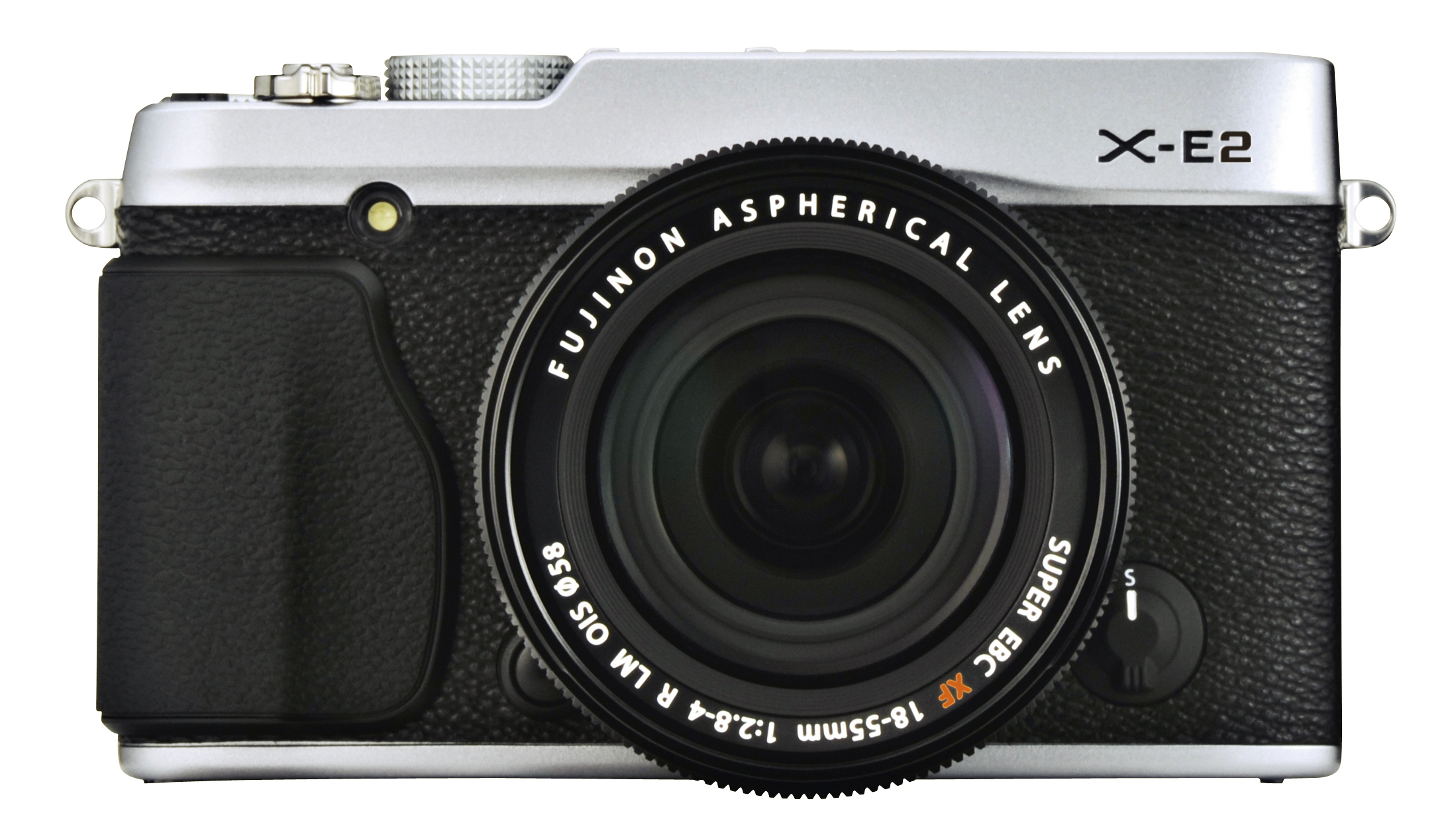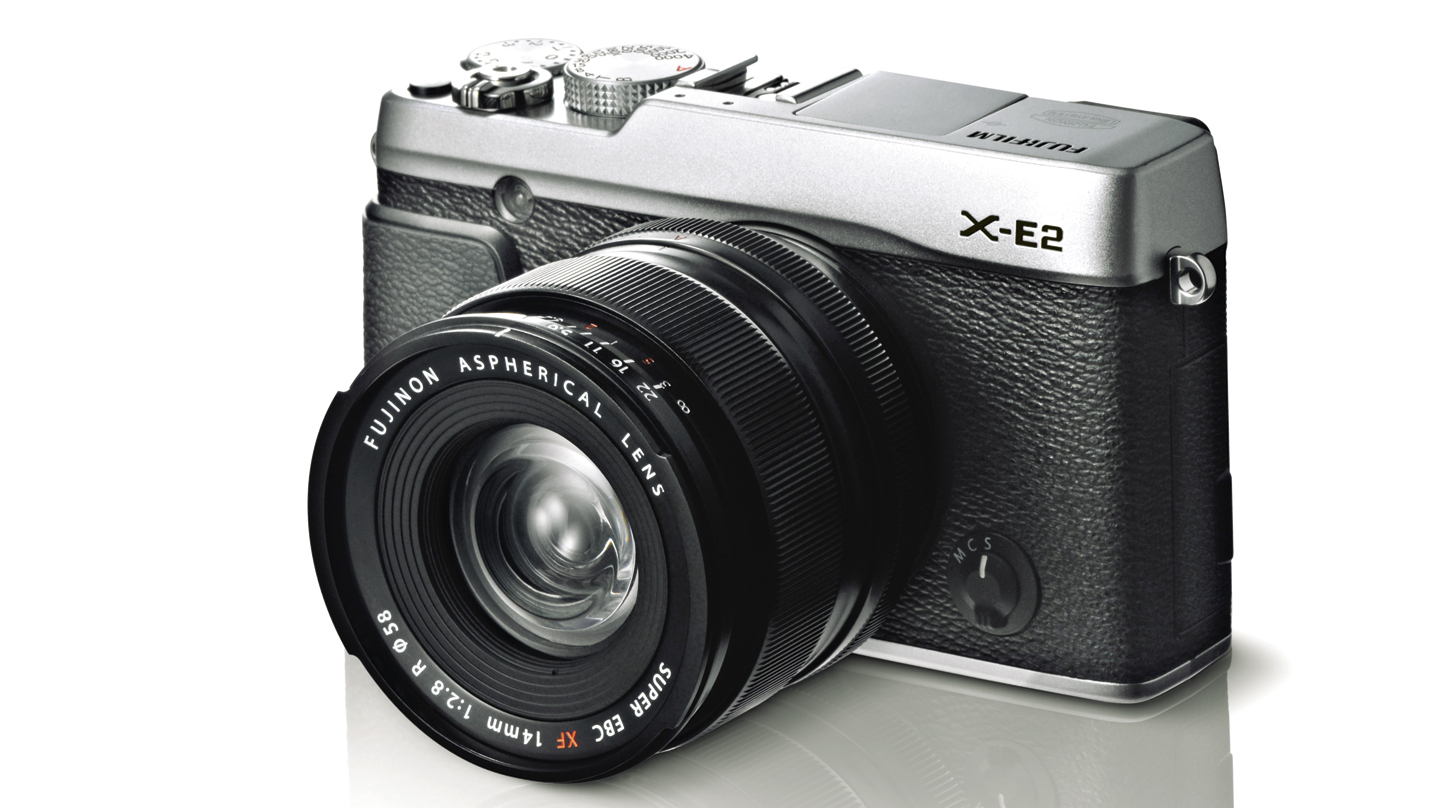Why you can trust TechRadar
Although the upgrades made with the X-E2 may not be immediately attention grabbing, there are around 60 of them, and for those familiar with Fuji's X-series they are significant, making the new camera faster to use than the model it replaces. The screen also reveals more detail.
The improvements to the autofocusing system in continuous AF mode are particularly good, although like other compact system cameras it can't track a fast-moving subject around the frame. This means that it is unlikely to be used by serious sport photographers, but it's not really designed for that type of photography.
The introduction of Lens Modulation Optimiser technology also brings an improvement in image quality across the frame.
The majority of photographers who use the X-E2 are likely to shoot raw files, so they are unlikely to be concerned about the painterly effects that appear in out of focus areas in some JPEGs.

We like
Fuji's retro-style build and control has found favour with many photographers, including us. However, we're pleased to see the addition of a current 'must have' technology - Wi-Fi connectivity. The X-E2 is likely to be a popular camera with street and documentary or landscape photographers, who like to travel light and work quickly. These users will love the ability to share their images quickly via a smartphone or tablet.
The fact that Fuji doesn't offer an app that lets the camera be controlled remotely is unlikely to be a major issue for this type of user, but it would be a 'nice-to-have' feature. Remote control is more useful to photographers who use their camera on a tripod and need to be at a distance from their subject. Some landscape photographers also find it helpful when shooting low- or high-level landscapes when there's no tilting screen to give a clear view, but few will let the threat of dirty knees put them off getting a good image.
We dislike
I have to confess to being a tiny bit disappointed that Fuji hasn't pushed the pixel count of the sensor up a little, or given the X-E2's screen either touch-sensitivity or a tilting/articulating bracket. Adding touch control would speed up selecting the AF point and making settings changes, while a variangle screen would be useful when composing images at awkward angles.
Sign up for breaking news, reviews, opinion, top tech deals, and more.
I'd also like Fuji to treat its advanced filters in the same way it does its Film Simulation modes, so that they can be used when shooting raw and JPEG files simultaneously. This would allow photographers to capture a JPEG with the filter effect applied, along with a 'clean' raw file. Merging the two features would also make sense operationally, as all the image styling controls would be in the same area.
Doubtless, X-E2 users will be more than capable of replicating the Advanced Filter effects post-capture if they want, but they can be a fun way of exploring new creative ideas, or showing a model or client what you're aiming for during a shoot.
Although it provides a comprehensive set of tools, I'm not really a fan of Silkypix raw editing software because it's not tailored to match the settings of the camera in the way that Canon's Digital Photo Professional and Nikon's Capture NX are. It's also clear in this test that it makes it harder to get the best results from the X-E2's images. Fortunately, most of the photographers who invest in an X-E2 will also probably have Photoshop CC, Photoshop Elements 12 or Lightroom 5, so they will be able to produce better results from their raw files.
Final verdict
Along with many photographers, I liked the X-E1. It offers the same image quality as the superb X-Pro1 in a smaller body and has what I consider the more useful of the two viewfinders - the electronic finder, which has been improved so that it's better in low light. The X-E2 builds on the successes of the X-E1, with the same high-quality feel, an improved focusing system, a host of minor updates and better image quality.
Although image quality is often said to be the most important aspect of a camera, it's only part of the story. If a camera feels good in your hands, is responsive and easy or quick to use, you'll be far more likely to use it. The X-E2 isn't designed to appeal to novice photographers, but many enthusiasts will love it. The key features are within easy reach, there's an excellent viewfinder and the images are also superb – especially the raw files.
We always recommend that photographers shoot raw files where possible to get the best image quality, but this is especially true with the X-E2, provided you have access to Adobe Camera Raw to process the files, as this elevates the results - in many cases producing images that are better than those from competing cameras, such as the Olympus OM-D E-M1 and Panasonic GX7.
